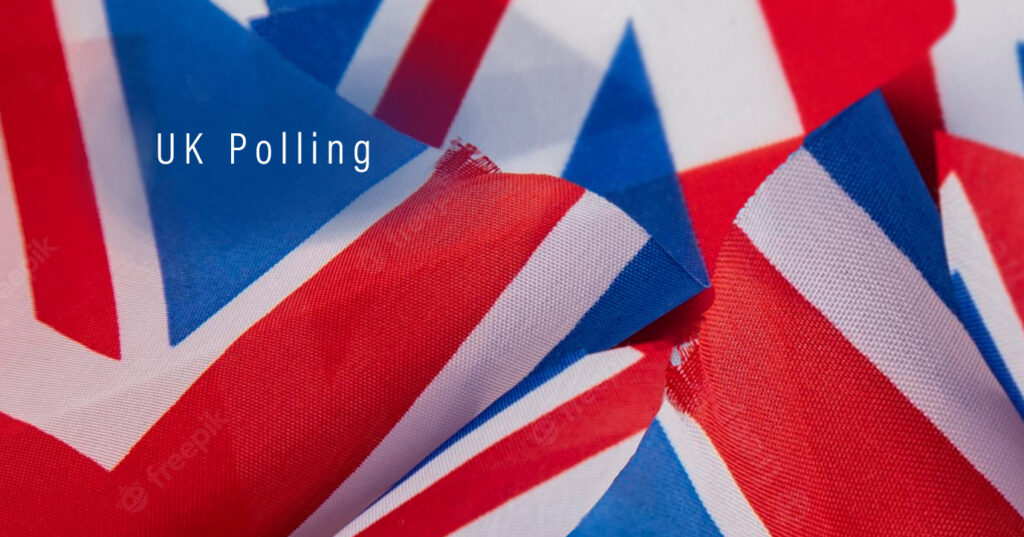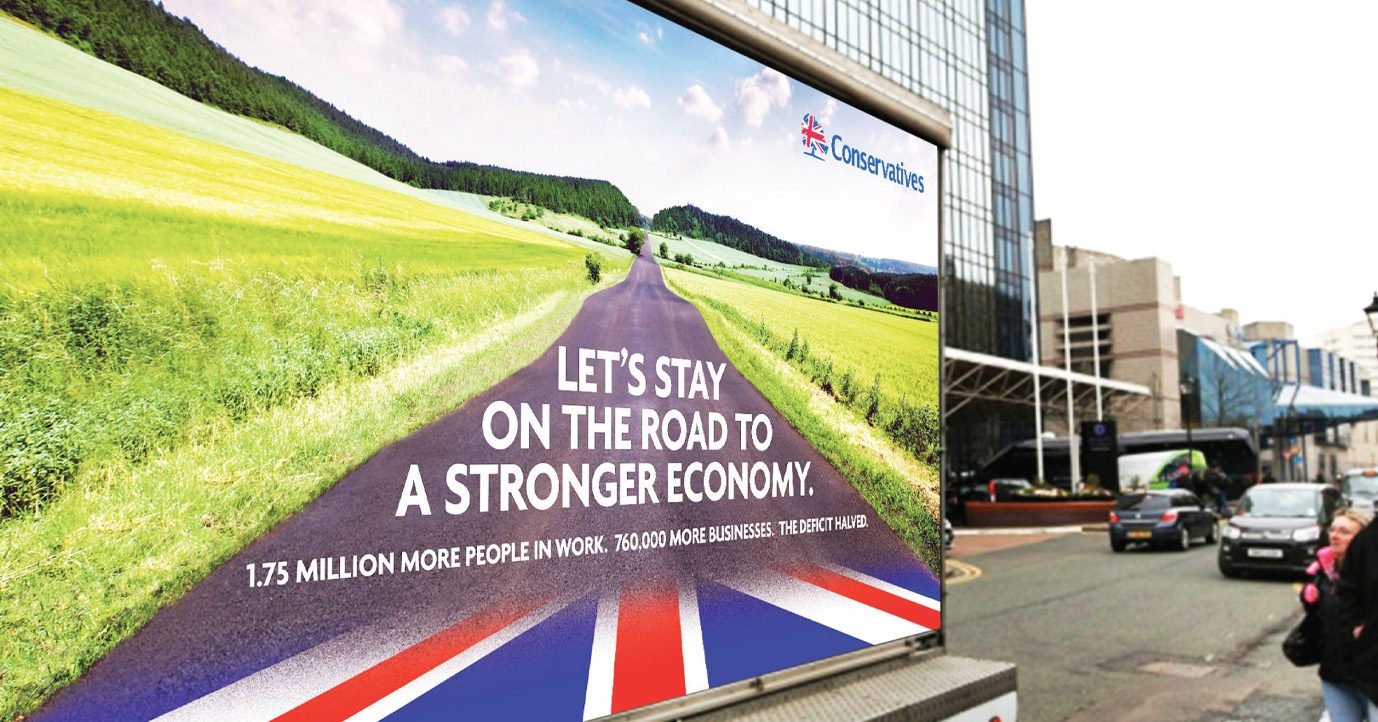
The last round of battleground polling I published found one clear Conservative lead and three very close races in seats where the Tory majority over Labour was between 8.8% and 10.6%. I therefore decided to start going back to constituencies where my previous surveys have suggested tight races to see whether narrowing national polls – including a fair number of Conservative leads – were being reflected where it matters.
I have therefore been back to Southampton Itchen – the closest of the Labour-held seats I have polled; Croydon Central, where I found the smallest Labour lead of any London Tory seat; South Swindon, which was tied in December; and City of Chester, Halesowen & Rowley Regis, Nuneaton, Wirral West and Worcester, where I found Labour leads of between one and three points last October.
My findings this time suggest the better national news for the Conservatives is not spread evenly across the battleground. In only one of the seats, Worcester, has a Labour lead turned into a Tory one. In Croydon Central, the Labour lead has fallen from six points to four (in a seat that shows the biggest shift between the standard voting intention question and the result when people are asked to think about their own constituency and the candidates likely to stand there).
But Southampton Itchen has gone from a tie to an eight-point advantage for Labour, and in the four remaining seats Labour’s lead has increased, most notably from one point to eleven points in Chester. South Swindon remains tied.
The UKIP vote share ranged from 10% in Wirral West and City of Chester to 17% in Southampton Itchen. In every case, the party’s score was higher on the standard voting intention question than when people were asked to think about their own constituency.
In the seven Conservative-held seats as a whole, two thirds of voters thought the economy would do well over the next year, both for themselves and their families. Nearly nine in ten Tory voters were optimistic, compared to just over half of UKIP supporters.
Three in ten voters in these seats (including 68% of Labour voters) said they would rather see Ed Miliband as Prime Minister than David Cameron; 57% said either that they were satisfied with Cameron (31%) or that they were dissatisfied but preferred him to the alternative.
Of Conservative switchers to UKIP, 84% said they would rather have Cameron as PM than Miliband, and more than six in ten (61%) said a Conservative government was their preferred election result. Overall, 44% of UKIP voters said they would rather see the Tories in government, either alone or in coalition, with 36% preferring Labour. One in five said they didn’t know.
As you might expect, local campaign activity has increased considerably since previous rounds. More than two thirds of respondents said they had had literature, letters, phone calls or visits from at least one of their local parties. Across the battleground the two main contenders seem closely matched (44% said they had heard from the Conservatives and 48% from Labour), but there were striking variations between seats. Tory contact rates ranged from 30% to 63% and Labour from 41% to 56%.
Even with only just over seven weeks to go, it is important to remember that these polls are still snapshots, not predictions. As other polling suggests, and as we know from my focus groups, the situation is fluid, with with many undecided or in a dilemma.
Moreover, we have the political equivalent of the observer effect, the scientific concept that one can change a phenomenon by the very fact of measuring it. More polling information is available than at any previous election, which parties will use to help direct their campaigns and resources. Even voters in marginal seats who do not flock to LordAshcroftPolls.com for the latest data will hear about it in the local media, and those inclined to vote tactically will be better informed than ever before. For that reason, even constituency polls published close to election day may not match the final result. My research will continue throughout the campaign to monitor the situation as it evolves.


